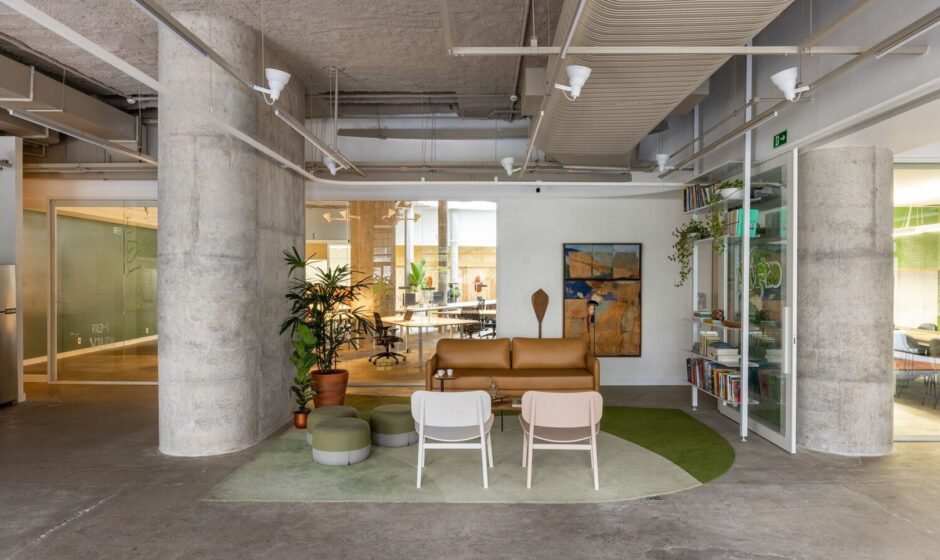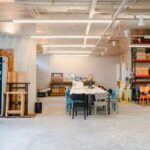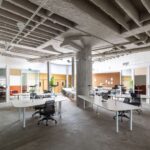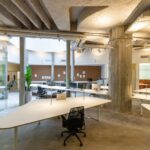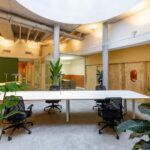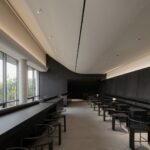Introduction to the Project
The New Headquarters of Greenpeace Brazil, nestled within São Paulo’s Historic Center adjacent to the iconic Copan Building’s public balcony, emerges as a symbol of the institution’s presence in Latin America’s largest city. Designed by guaja.cc and facury, this project serves as a testament to Greenpeace’s commitment to environmental activism and community engagement.
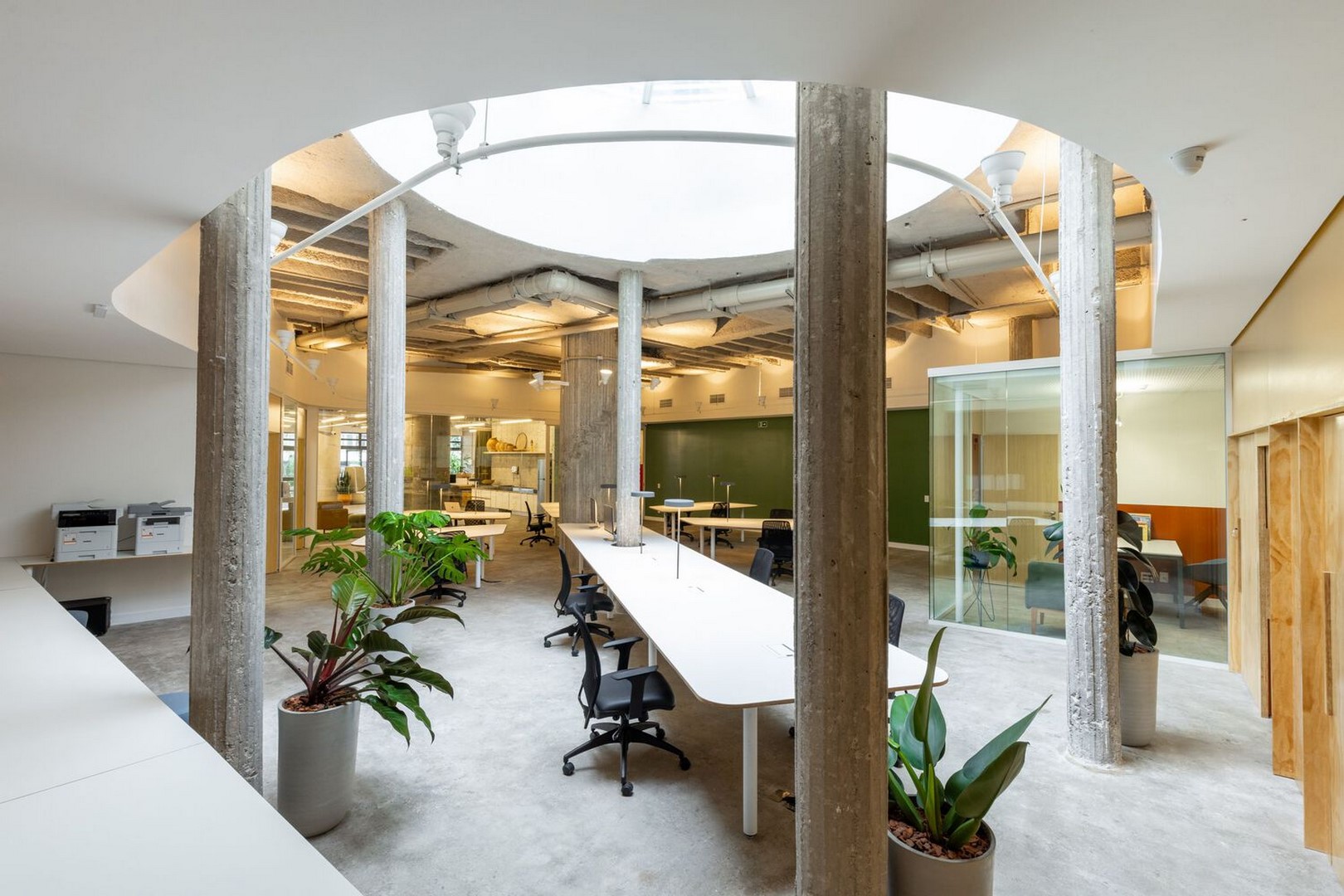
A Universally Accessible Space
Characterized by its strategic location and innovative architecture, the headquarters offers a universally accessible space that beckons city dwellers to immerse themselves in its unique cultural ambiance. The integration of simple yet inviting furnishings facilitates seamless interaction between the bustling cityscape and the organization’s public sphere.
Versatile Spaces for Community Engagement
The architectural layout encompasses a variety of spaces tailored to facilitate different forms of community engagement. From the Warehouse, serving as a hub for communicational production and interactive workshops, to the Flexible and Multipurpose rooms accommodating diverse events ranging from lectures to social gatherings, each space fosters meaningful interactions between Greenpeace and society.
Urban Renewal and Sustainable Practices
By relocating its headquarters from an upscale neighborhood to the city center, Greenpeace demonstrates a commitment to sustainable urban development and civic revitalization. This strategic move aligns with the organization’s ethos of promoting conscious and democratic urban reoccupation, leveraging the abundance of urban infrastructure to enhance its activities while revitalizing the historic Copan Building.
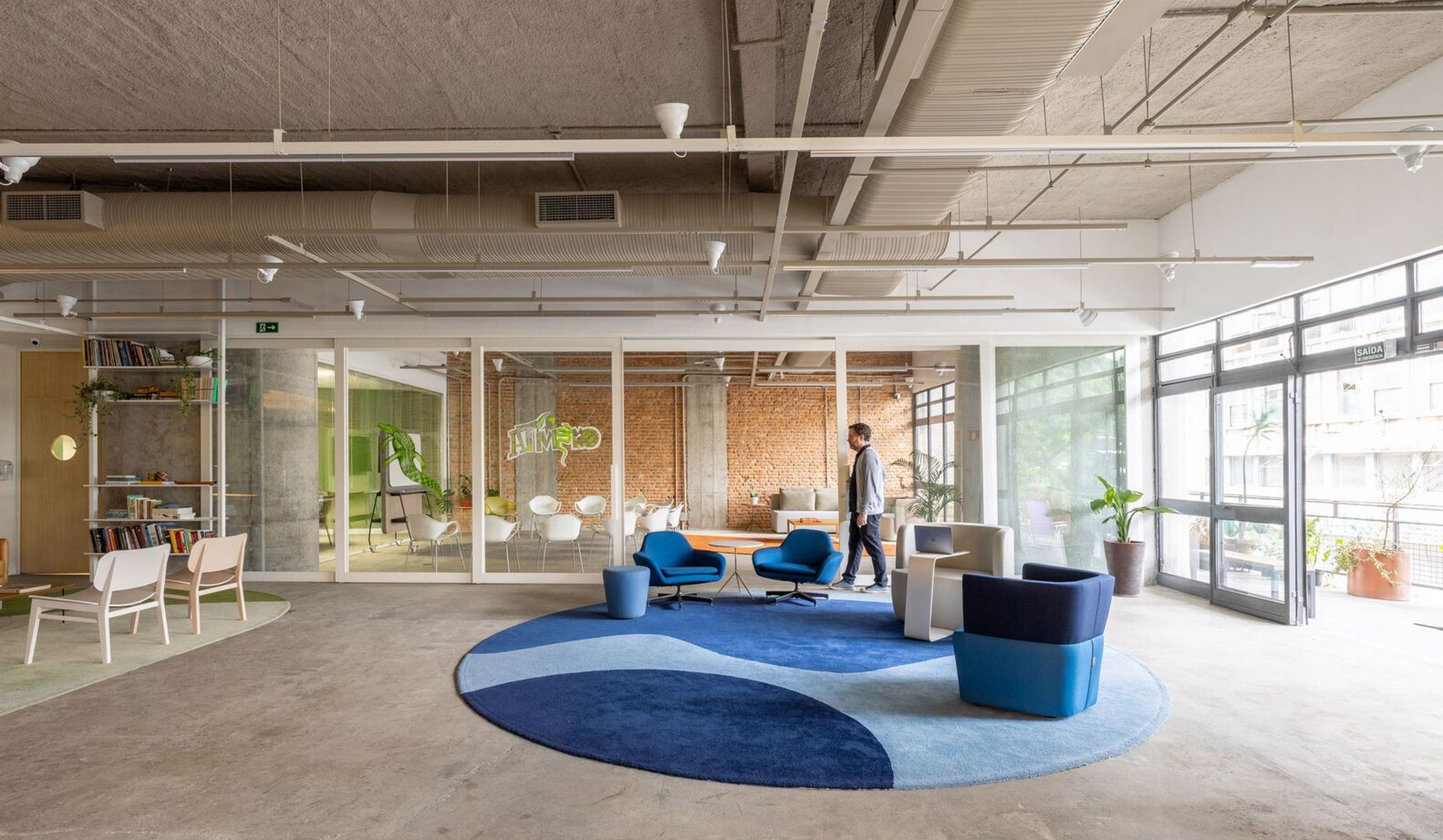
Privacy and Flexibility in Design
The project’s design prioritizes privacy and flexibility, with spaces organized along a gradient of public accessibility. From the most public areas like the Warehouse to the more private Shared Office, each zone offers independent access and functional autonomy, allowing seamless integration with the surrounding urban landscape.
Adaptive Architecture for Future Needs
Embracing the concept of adaptive architecture, the headquarters features movable partitions and flexible layouts that can accommodate unforeseen future uses. This emphasis on versatility ensures the longevity of the space while fostering dynamic interactions and reducing conflicts among divergent activities.
Preservation of Heritage and Contemporary Functionality
In preserving traces of the building’s past, such as remnants of the old staircase, the project harmonizes historical preservation with contemporary functionality. By prioritizing infrastructural interventions that prioritize long-term durability and environmental responsibility, Greenpeace Brazil Headquarters exemplifies a commitment to sustainable architecture and community stewardship.

